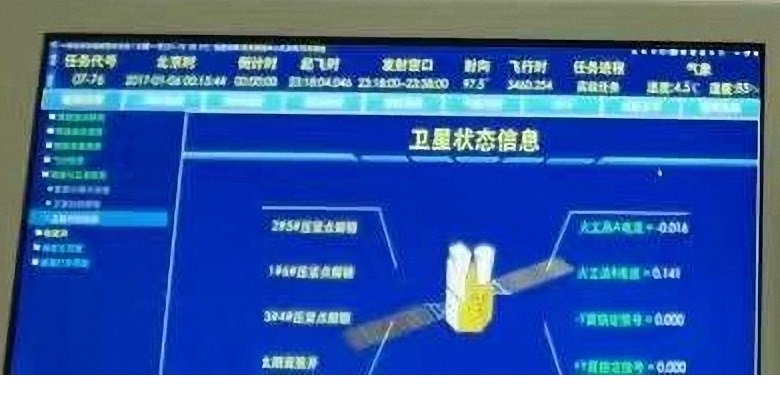China's newly delivered stereo mapping satellite, "Ziyuan-3 02", will go a long way to monitoring the progress of major engineering projects, according to Sun Chengzhi, deputy director of the Satellite Surveying and Mapping Center of the National Administration of Surveying, Mapping and Geoinformation (NASG).
The satellite. which was previously owned by the State Administration of Science, Technology and Industry for National Defense, was officially handed over to the NASG. Sun said NASG will use it in geography surveying and mapping, urban construction, agriculture, forestry, water resources and other areas in the future.
"This is part of the STB (Set Top Box) service provided by the satellite. We can get the image shot by Ziyuan-3 02 on the cloud platform in 12 hours, which will be available to all provinces, thus raising the efficiency and conveniences," said Sun.The STB service will enable navigation map providers to renew the latest data.
Sun said with the two Ziyuan-3 satellites, China will enjoy a faster update speed of surveying and mapping data and a better image resolution of mapping. The Ziyuan-3 02 satellite is expected to create economic benefits of more than 10 billion yuan.
"Compared with Ziyuan-3 01 satellite, Ziyuan-3 02 has a new function of accurately measuring height. We do not have references in measuring height in foreign countries. So we use laser as reference. That will better meet the requirements of the building of 'one belt, one road'," said Li Pengde, deputy director of NASG.
"With regard to urban construction, such as illegal structures, you cannot identify the height as the images are plane. Ziyuan-3 02 satellite provides 3-D images, thus showing the height of illegal structures. So you can immediately find and even figure out how many storeys have been illegally added," said Sun Chengzhi, deputy director of the Satellite Surveying and Mapping Center of NASG.
The Ziyuan-3 02 satellite was launched at the Taiyuan Satellite Launch Center in north China's Shanxi Province on May 30 this year. After orbiting for more than 200 days, it has captured effective images covering 32 million square kilometers.








